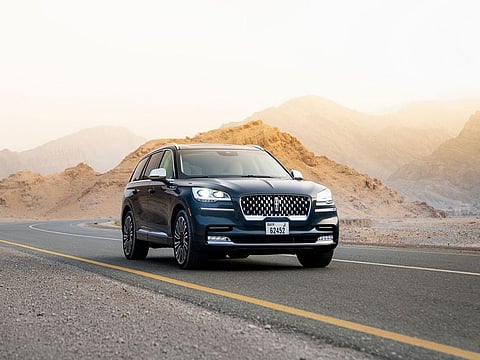2021 Lincoln Aviator: Can this American SUV take the fight to the Germans?
Is the second-generation SUV good enough to propel Lincoln back to glory? We find out.

Lincoln is on a path of reinvention. Over the past decade, the historic American luxury marque has been doing everything to restore itself to its past glory. This was evident in many of its recent models like the new Continental, which represented a remarkable shift in build quality and dynamic abilities. Has the same ethos of revival rubbed off on the updated range of SUVs? We start with the Aviator to find out.
Although the Aviator is now in its second generation, no one will blame you for not remembering the first generation. It was exceptionally short-lived, produced only from 2002 to 2005. While it was a decent SUV in its own right, the similarity in appearance to the Ford Explorer with which it shared the platform was too close for many to justify the higher price tag. Taking cues from that experience, Lincoln has gone ahead and given the new Aviator a distinctive design even though it shares its platform architecture with the sixth generation Explorer.
While styling is different from the Ford’s, the designers have kept the lines smooth flowing and simple. Lending a bit of chutzpah to the overall styling is the sharp character line that runs along the Aviator’s profile, connecting its front and rear. The sloping roof also adds to its character when viewed in profile. While it’s a fairly large SUV, getting in and out of it is relatively easy, especially with the Dynamic Lower Entry feature activated, which lowers the vehicle by 50 mm. The ride height can also be raised by 30 mm above normal to improve ground clearance when needed.
The dignified, sedate looks of the Aviator belies the powerful twin-turbocharged 3.0-litre V6 engine, with its 400 horsepower and 563Nm output. Thanks to the Aviator’s 5 drive modes - Normal, Conserve, Excite, Slippery and Deep Conditions - the power from the engine and the performance of other bits such as suspension, ride height, steering, gear shift points and so on can be adapted to different driving conditions and styles. While the Aviator is quick in a straight line, don’t expect it to offer an exciting driving experience like a BMW X5 would. However, where the Aviator excels is in its good-old American luxury car characteristics, providing a plush, quiet ride that will keep you fatigue-free even after long hours on the highway.
The front seats are very comfortable and supportive, and offer great adjustability and climate control features. The second row is also spacious with lots of legroom, but the third row is pretty much a kids-only affair, and if adults must be seated there, it will ideally be for short trips.
The Aviator also comes with the Lincoln Co-Pilot 360 Plus package that brings together a number of driver-assist technologies such as Evasive Steering Assist, Reserve Brake Assist, Active Park Assist Plus, Adaptive Cruise Control with Traffic Jam Assist and Lane Centering.
Overall, the second-generation Aviator positions itself as a convincing alternative to established German players in the segment such as the Audi Q7. And it could well be the model that spurs the revitalisation of Lincoln as a leading player in the luxury car scene.
Sign up for the Daily Briefing
Get the latest news and updates straight to your inbox



